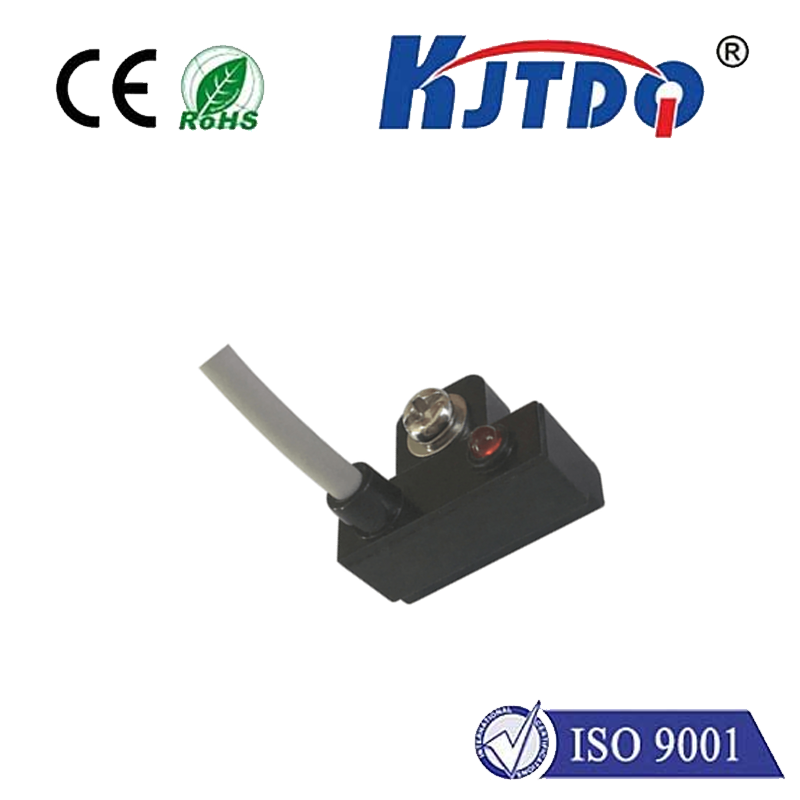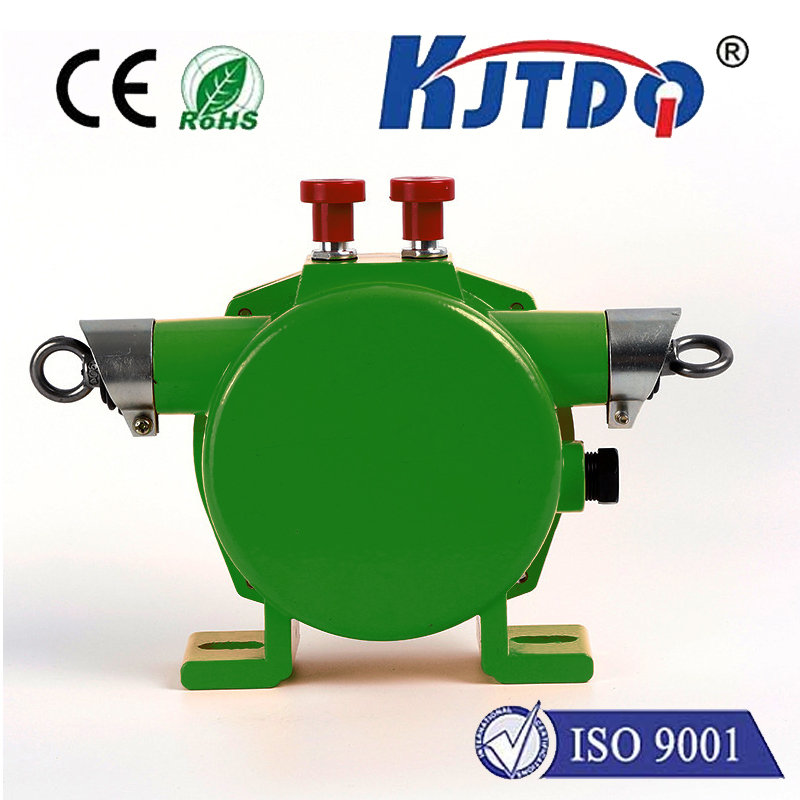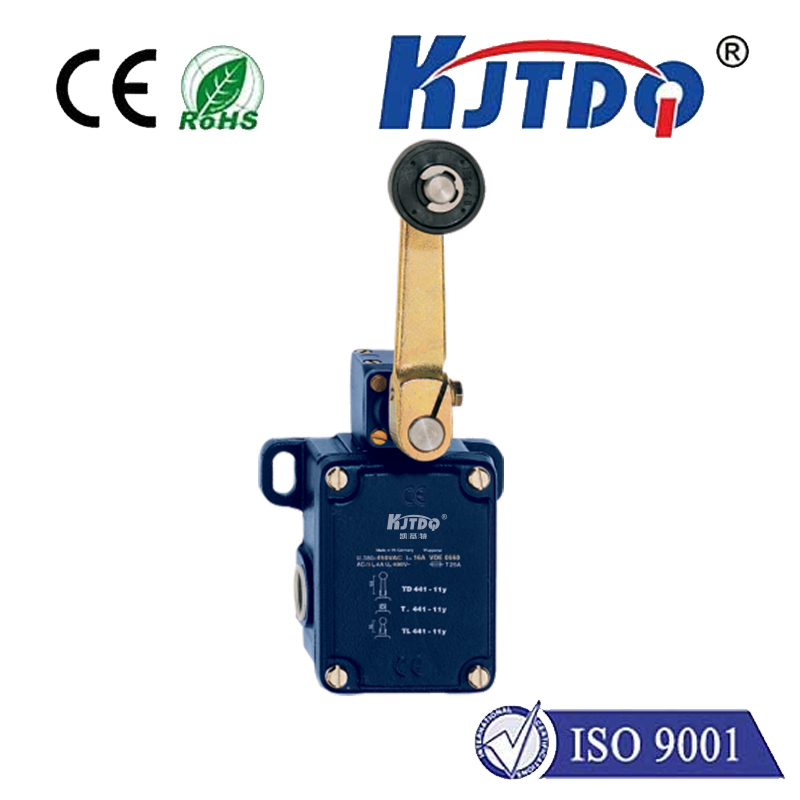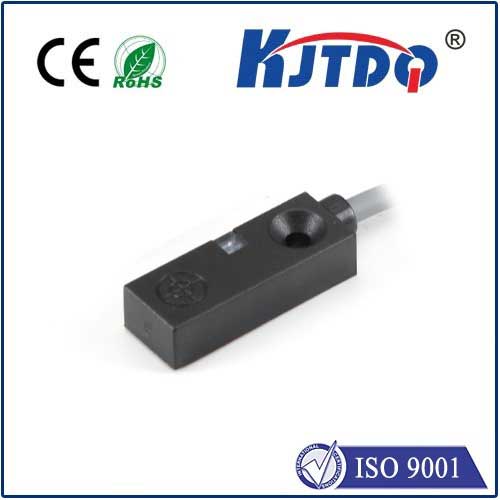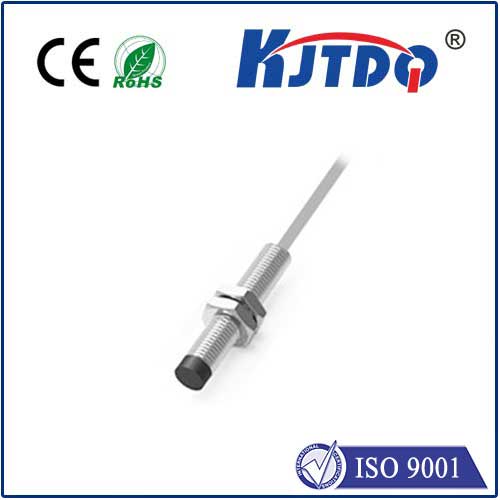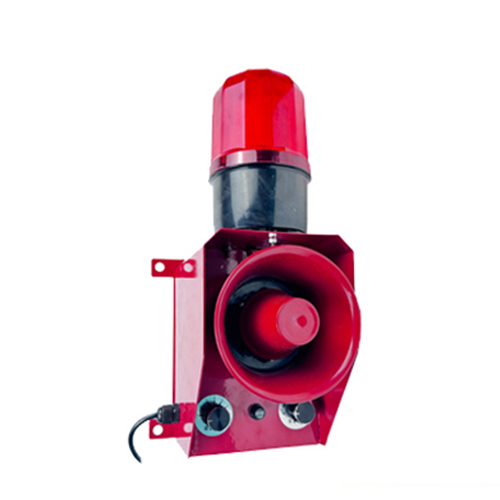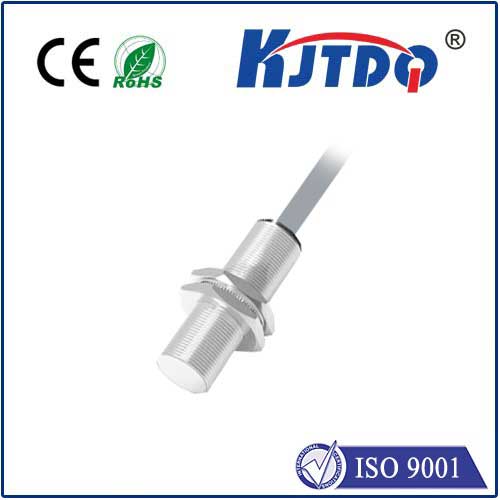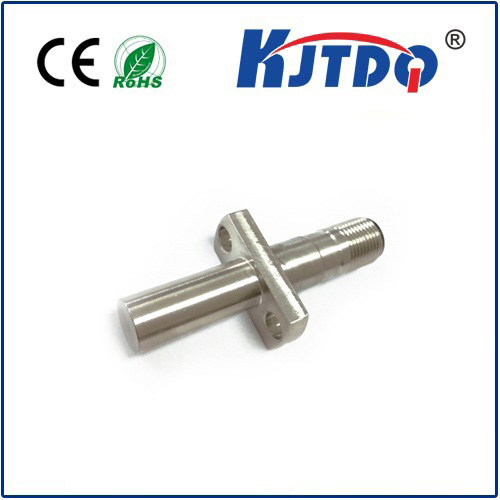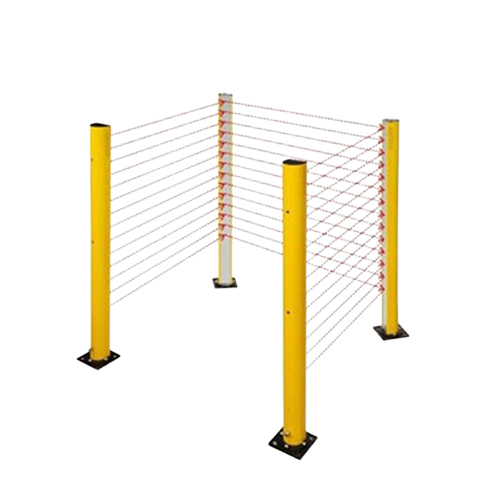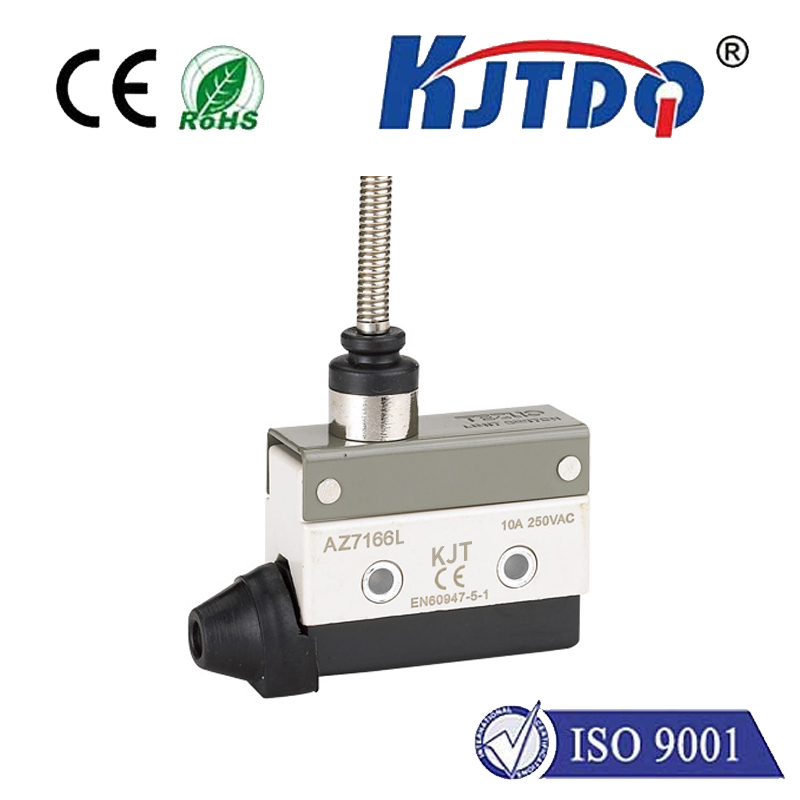BES01F7 proximity sensor
- time:2025-10-16 12:01:24
- Нажмите:0
Unlock Precision Detection: Exploring the BES01F7 Inductive Proximity Sensor
In the intricate world of industrial automation, robotics, and machinery, reliable detection is paramount. Sensing the presence, absence, or position of an object without physical contact forms the bedrock of countless automated processes. When precision, durability, and unwavering performance are demanded, specialized components like the BES01F7 proximity sensor step into the spotlight. This sensor represents a focused solution within the broad category of non-contact detection, designed to meet specific operational challenges efficiently and robustly.
Understanding the Proximity Sensor Landscape
At its core, a proximity sensor detects the presence of nearby objects without requiring any physical contact. It achieves this through various physical principles, including inductive, capacitive, ultrasonic, or optical methods. The BES01F7 specifically belongs to the индукционный датчик приближения family. These sensors excel in detecting metallic targets – ferrous metals (like iron and steel) are typically detected at the longest ranges, but many, including the BES01F7, also reliably sense non-ferrous metals (like aluminum or brass).
How Does an Inductive Sensor Like the BES01F7 Work?
The magic lies in electromagnetism. Inside the sensor head, an oscillator generates a high-frequency alternating magnetic field. When a metallic object enters this electromagnetic field, eddy currents are induced within the metal itself. These eddy currents create their own opposing magnetic field, which interacts with the sensor’s original field. This interaction causes a measurable change in the oscillator’s amplitude. Sophisticated internal circuitry detects this change and triggers an output signal switch.

The BES01F7: Pinpointing Its Role and Capabilities
While the exact specifications might vary slightly depending on the manufacturer and variant (always consult the specific datasheet!), a sensor designated BES01F7 typically indicates a standardized cylindrical, inductive proximity sensor with specific characteristics:
- Compact M8 Form Factor: The “01F” often signifies an M8 housing. This compact thread size (8mm diameter) is highly popular for installations where space is constrained, such as on small robotic arms, compact machinery, or within densely packed control cabinets.
- Shielded Sensing Face (F): The “F” suffix commonly denotes a flush-mountable or shielded design. This is crucial. A shielded sensor allows for side-by-side mounting without significant interference between adjacent units. Its sensing field is more focused, emanating primarily from the front face, enabling installation flush within metal mounting brackets.
- Standard Switching Distance: For an M8 inductive sensor, the nominal sensing range for mild steel (Sn) is typically around 4 мм. This is sufficient for many applications requiring close-range, precise detection of metallic components. It’s vital to note that the effective sensing distance can be slightly less for non-ferrous metals.
- Прочная структура: Engineered for industrial environments, the BES01F7 features:
- High Protection Rating: An МП67 (Ingress Protection) rating is standard, meaning it’s dust-tight and can withstand temporary immersion in water up to 1 meter. This makes it resistant to washdowns and harsh workshop conditions.
- Durable Housing: Often constructed from nickel-plated brass or high-grade plastics, offering resistance to vibration, impact, and common industrial chemicals.
- Reliable Electrical Connection: Typically features a PVC or PUR sheathed cable or pre-wired connection.
- Electrical Output: Commonly available as PNP Normally Open (NO) or sometimes PNP Normally Closed (NC). PNP (sourcing) outputs are prevalent in many PLC (Programmable Logic Controller) systems, supplying positive voltage when the target is detected. Voltage ratings are typically 10-30V DC.
- LED Status Indicator: An integrated LED provides visual confirmation of the sensor’s operational state (power on and object detection), simplifying setup and troubleshooting.
Why Choose the BES01F7? Key Advantages
The BES01F7 proximity sensor offers distinct benefits that make it a preferred choice in numerous applications:
- Non-Contact Operation: Eliminates mechanical wear and tear, ensuring long service life and reducing maintenance costs. Physical contact with delicate parts is avoided.
- High Speed and Reliability: Capable of very high switching frequencies compared to mechanical switches, making it ideal for detecting fast-moving objects on conveyors or rotary applications. Provides dependable, bounce-free signals.
- Robustness: Its IP67 rating, shock and vibration resistance, and immunity to dirt, oils, and coolants allow it to thrive in demanding factory environments where other sensors might fail.
- Precision: Offers consistent and repeatable detection within its specified range, crucial for position verification and quality control.
- Легко интегрируется: The standardized M8 threaded barrel and common electrical interfaces simplify installation and replacement in existing machinery.
Where is the BES01F7 Proximity Sensor Used? Applications Abound
The versatility and reliability of the BES01F7 find it employed across diverse sectors:
- Factory Automation: Detecting the presence of parts on conveyors, verifying the position of cylinders or actuators, monitoring tool changes in CNC machines, counting metallic objects.
- Packaging Machinery: Ensuring carton flaps are closed, detecting foil seals, verifying product presence before sealing.
- Перевозка материалов: Confirming pallet positioning, detecting metal components on sorting lines.
- Robotics: End-of-arm tooling detection, verifying gripper closure, sensing workpiece presence before handling.
- Automotive Assembly: Verifying component insertion, detecting metallic fasteners, monitoring robotic arm positions.
- Food & Beverage (on suitable machinery): Detecting metal lids or caps, verifying can/bottle positioning (where IP67 washdown rating is essential).
- General Machinery: Position sensing, limit switching, speed monitoring on rotating metallic parts.
Implementing the BES01F7 Effectively: Best Practices
To maximize the performance of your BES01F7 proximity sensor:
- Mounting: Utilize its shielded (flush-mountable) design. Ensure it’s mounted securely using the M8 thread. For stable operation, the target should approach perpendicularly to the sensing face.
- Target Material: Remember that sensing distance (Sn) is specified for mild steel. If primarily detecting non-ferrous metals (e.g., aluminum, copper), expect a reduced sensing range (typically 30-50% of Sn). Test with your actual target material.
- Target Size: The target metal should be large enough to reliably trigger the sensor within the nominal range. Typically, the target should be at least equivalent to the sensor’s face diameter.
- Environmental Considerations: While МП67 rated, avoid consistent exposure to strong solvents or cutting oils unless explicitly rated for them. Ensure the ambient temperature range aligns with sensor specifications. Shield it from strong electromagnetic fields if possible.
- Electrical Wiring: Connect according to the datasheet (PNP NO/NC). Ensure correct polarity and voltage supply (10-30V DC). Use shielded cable in electrically noisy environments and ground it properly. Always implement appropriate circuit protection.
Выводы
The BES01F7 proximity sensor exemplifies the power of precise, non-contact detection. As an индукционный датчик приближения in a compact M8 shielded housing, it delivers robust performance and reliability where it matters most – on the factory floor. Its specific blend of 4mm sensing range, IP67 protection, and ease of integration makes it an indispensable component for engineers and technicians designing and maintaining automated

